
White Sands National Park
I absolutely love White Sands National Park, although back in my day it was just a little humble Monument with a lot less traffic than nowadays. I’ve been in the summer and the spring and as usual with the Southwest, the weather can be wild! I’ve seen it in a wind storm that painfully whipped sand into your eyes and I’ve seen it in blindingly bright white beautiful sunlight. I’ve worn layers of clothing and I’ve worn only a tank top. No matter when you’re there, it’s going to be a blast… although, that blast can sometimes feel like the wave of heat after opening a furnace.


There are a few short trails in the park (Playa Trail, Dune Life Nature Trail, Interdune Boardwalk) but the real fun is the self exploration of the massive area of white dunes. A good place to start is the Alkali Flat Trail but you can pretty much park anywhere there’s a parking space. Just get out of your vehicle and explore! But make sure to have lots of water.


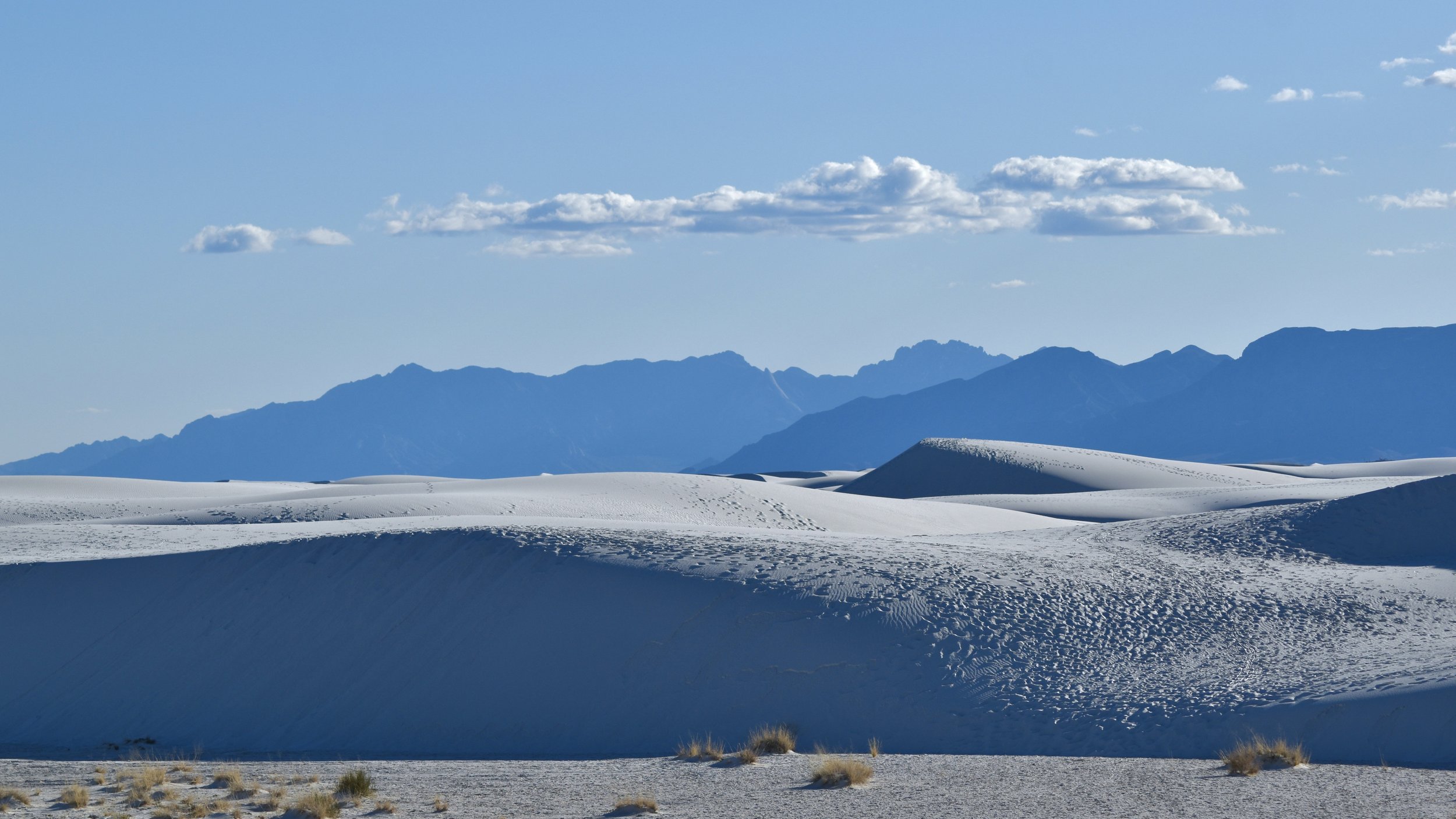
The dunes are firmer and cooler than other sand dunes like the Kelso Dunes in California or the Great Sand Dunes of Colorado. You should reach down and feel the sand. And if you’re so inclined, you can rent a sled at the Visitor Center (created in the Pueblo Revival style by the CCC in the 1930s) and do some sledding!



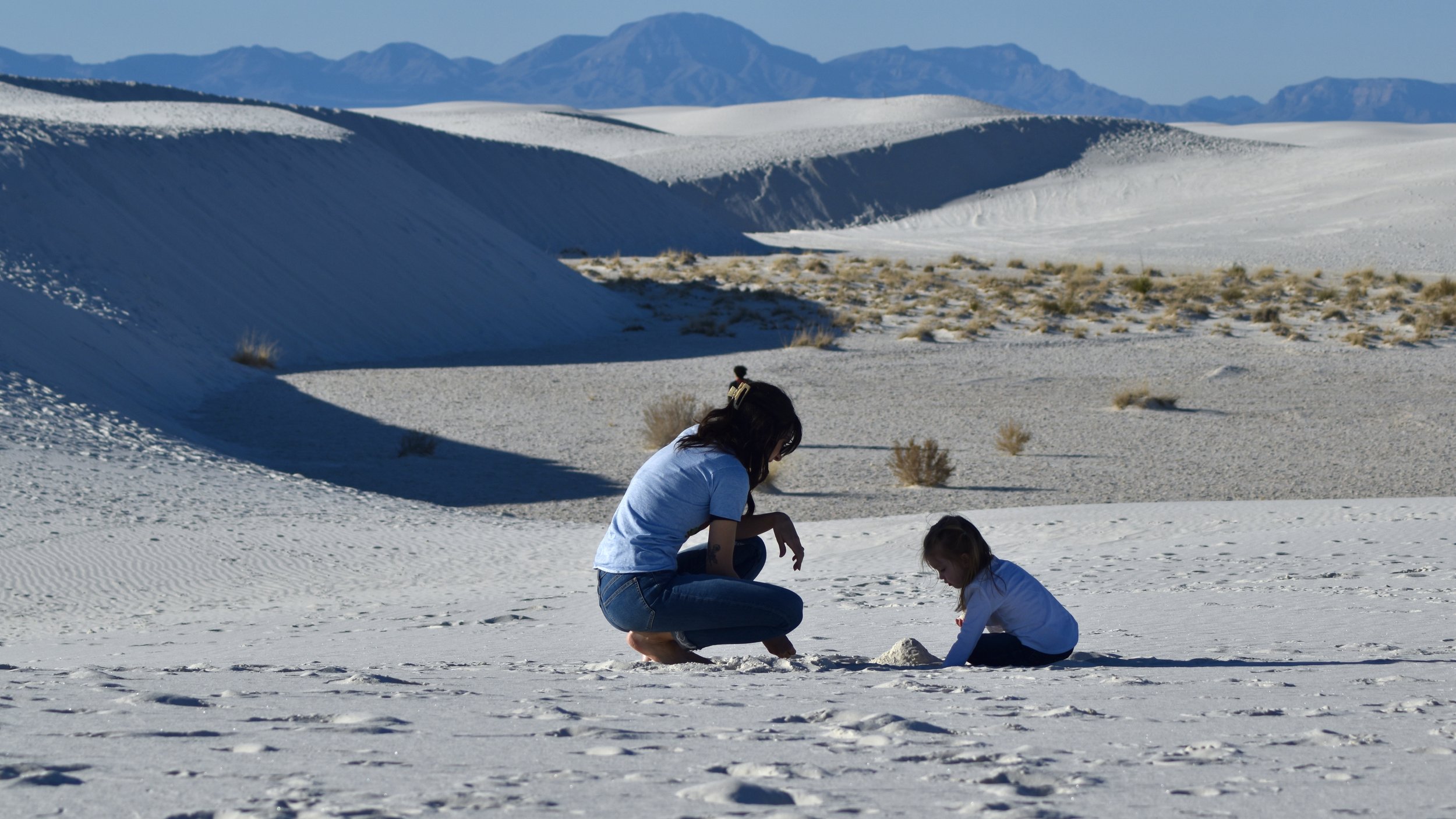
You can walk as far as you desire or until you hit a fence barring you from entering the White Sands Missile Range (which surrounds the park and sometimes closes it if they’re testing missiles), but no matter where you go you’ll be surrounded by white gypsum dunes with distant mountain views all around. To the west lie the rugged Andres Mountains (San Andres Peak is 8,235 feet tall), to the southwest lie the Organ Pipe Mountains, and to the east you can see Sierra Blanca where Ruidoso sits in the Sacramento Mountain range.




Also nearby, to the north of the dunes some 60 miles, is the Trinity Site where on July 16th, 1945, the world’s first atomic bomb was exploded. People from 160 miles away could see the 38,000 foot tall mushroom cloud. The world would never be the same and the American Empire Coalesced, like the sand beneath the explosion which turned into green Trinitite Glass.




The white sand comes from the ancient Permian Sea that existed millions of years ago. When it dried up, it left all this sand that sits in the basin today. The Pleistocene or Ice Age also helped form the landscape that lays out before you and today’s wind, snow, and monsoons continue the process. The wind and weather is constantly changing the landscape and when you’re there you may see some snow plows plowing what looks like snow but is really these broken down gypsum crystals. Surprisingly, because Gypsum holds water so well, the dunes stay in place in the Tularosa Basin because there’s water just inches or feet below the surface of the dunes, gluing them together and to the surface of the ground. Even during long and hot droughts.
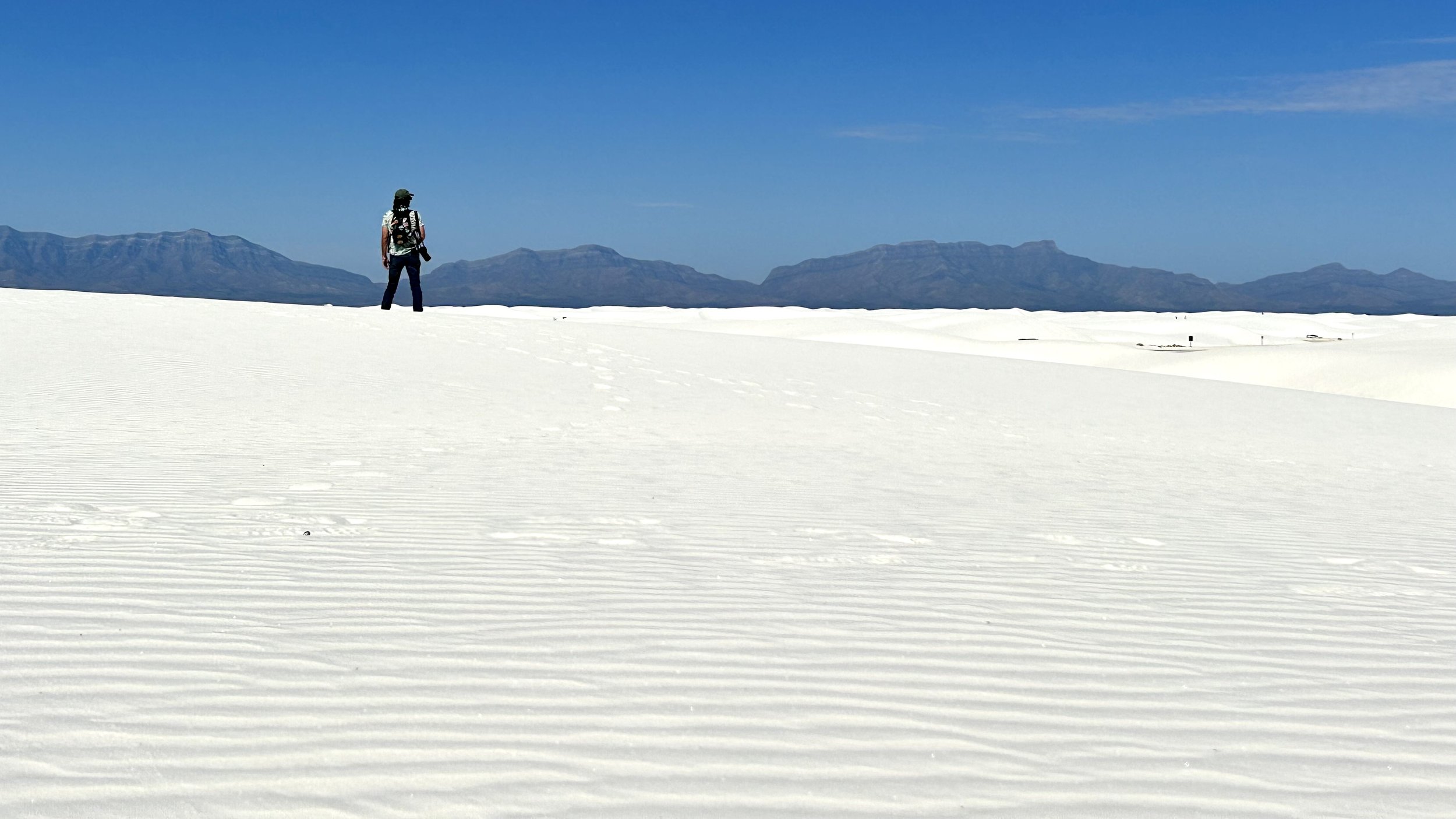

Backcountry camping is an option at White Sands but only the heartiest should attempt the windy and sandy overnight adventure. But if it’s too hot, the Rangers simply won’t issue them.
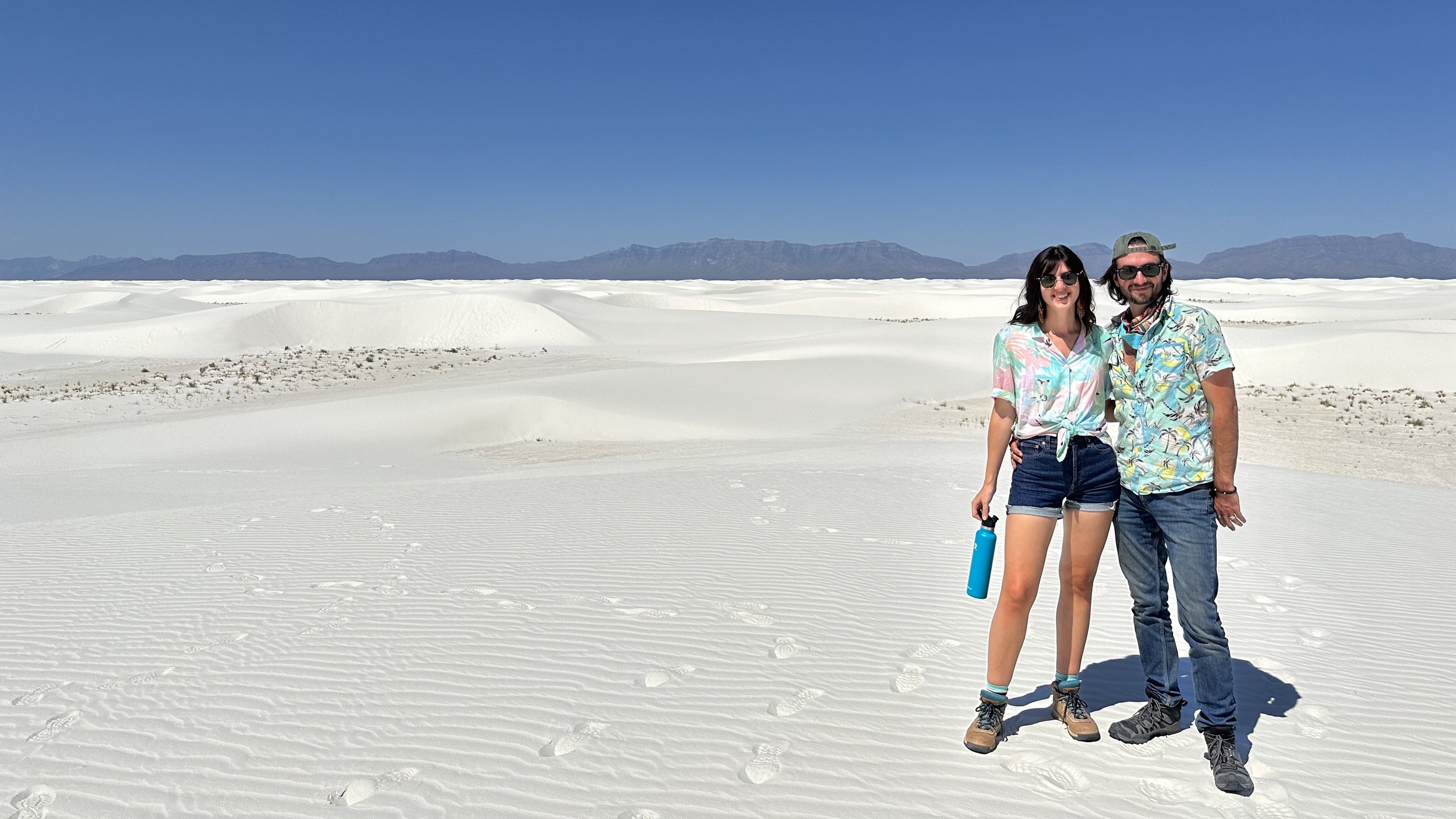
Surprisingly, there is wildlife at the park! There’s the bleached earless lizard and the cute Apache pocket mouse visible during the day. And at night, if you’re camping, you can see the kit fox. You’ll no doubt hear plenty of bugs while hiking and at the parking lots will be some smart crows, so watch out.


In my Pleistocene episode I talked about the Ice Age people of the American Southwest and I specifically talked about this place, White Sands. I talked about it because there is evidence of people here dating back over 20,000 years ago. Which findings shatter the belief that humans had only been in the New World for 15,000. The footprints seem to be following a Giant Ground Sloth. Although, they may not have been hunting the beast. Later, the Mogollon (Anasazi cousins) moved to the area before the Apaches were sent to their reservation nearby. For some amazing information on the area, head to the Tularosa Basin museum and listen to my in-depth long-form podcast!
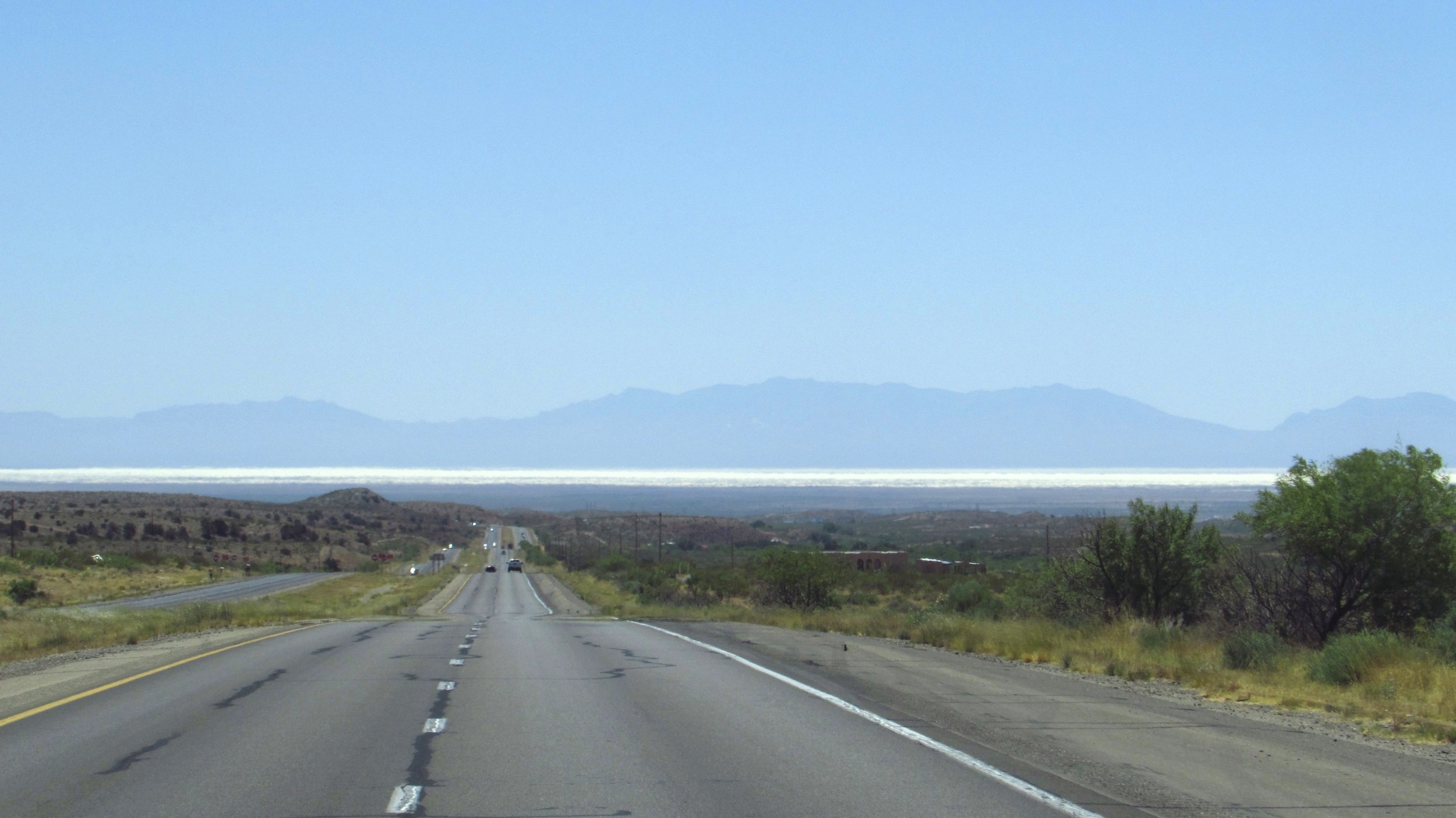
Lastly, I’ve been writing a novel for a few years now and the final scene of the story, set in 1953, takes place at the White Sands Missile Range. If you’re interested in reading a historical fiction novel about a southern bank robber who flees on his motorcycle to Ruidoso where he tries to get straight and where he falls in love with a widowed horse trainer only for his past to catch up to him and forces him to rob the race track… stay tuned.
